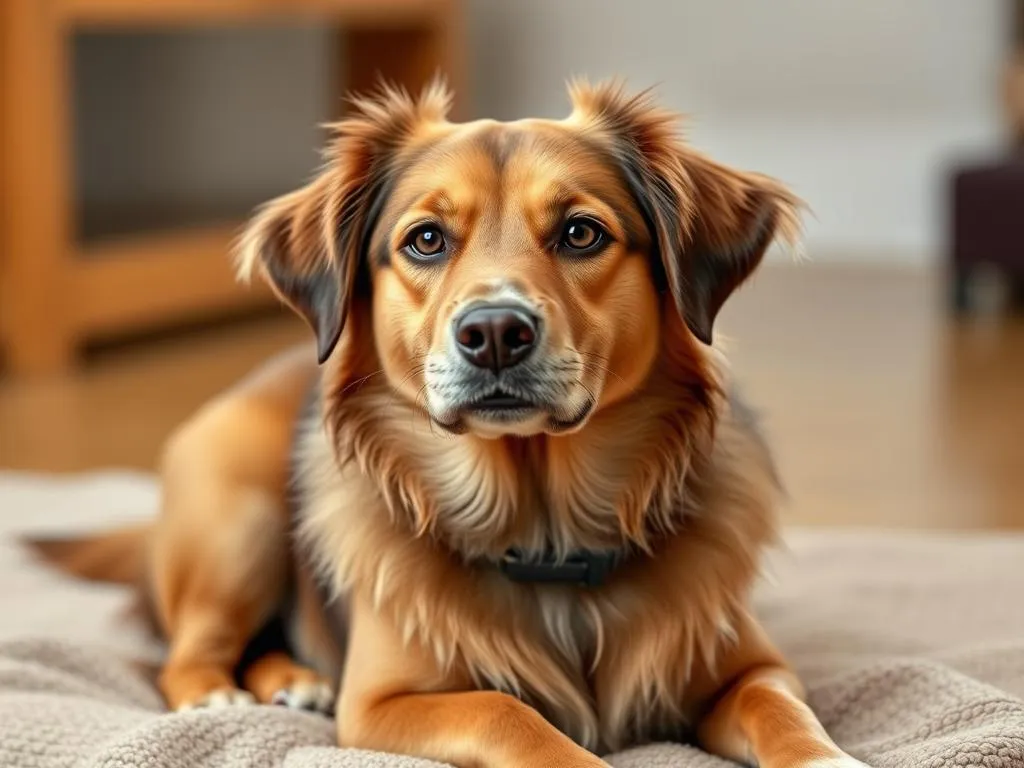
Introduction
Dog sitting is more than just a temporary arrangement; it’s a commitment to care for another living being. As pet owners often feel anxious when they leave their furry friends behind, a reliable dog sitter can provide peace of mind. This is where a dog sitting checklist comes into play. This checklist is essential for ensuring that nothing is overlooked, allowing you to focus on giving the dog the love and attention it deserves.
Being organized before embarking on a dog-sitting venture not only reduces stress but also ensures the pet’s safety and well-being. With the right preparation, you can create a comfortable environment for the dog, making the experience enjoyable for both you and the pet.
Preparing for Dog Sitting
Understanding the Dog’s Needs
Before you step into the role of a dog sitter, it’s crucial to understand that not all dogs are created equal. Different dog breeds come with unique requirements and personalities. For example, high-energy breeds like Border Collies require significant exercise, while smaller breeds may have different activity levels and dietary preferences.
Assessing the dog’s personality is equally important. Some dogs may be shy or anxious, requiring a gentle approach, while others may be outgoing and playful. Knowing these details will help you tailor your care approach to meet the dog’s specific needs.
Communication with Dog Owners
Effective communication with the dog owner is vital for a successful sitting experience. Before starting your duties, ask the owner specific questions to clarify their expectations. Here are some questions to consider:
- What is the dog’s daily routine?
- Are there any dietary restrictions or allergies?
- What commands does the dog respond to?
- What are the dog’s favorite toys or activities?
Establishing clear expectations not only builds trust with the dog owner but also provides you with a roadmap for your time with the dog.
Gathering Necessary Supplies
Creating a dog sitting checklist for supplies is essential in ensuring that you are fully equipped to care for the dog. Here’s a list of essential items to gather before the sitting begins:
- Food and Water: Ensure you have the right type and amount of food.
- Leashes and Collars: Always have a secure leash on hand for walks.
- Waste Bags: For cleaning up after the dog.
- Grooming Tools: Brushes, combs, and nail clippers if necessary.
- Toys: Interactive toys can keep the dog entertained.
Optional items that can enhance the experience include dog beds, blankets, or even a pet camera to monitor the dog’s activity.
Developing a Daily Routine
Feeding Schedule
One of the most crucial aspects of dog sitting is maintaining the dog’s feeding schedule. Adhering to their regular feeding times helps to keep the dog comfortable and reduces anxiety. If the dog has any dietary restrictions or special needs, make sure to manage these carefully.
It’s also helpful to keep a log of when the dog eats, which can be useful for both you and the owner.
Exercise and Playtime
Regular exercise is vital for a dog’s physical and mental health. Depending on the dog’s age and breed, recommended types of exercise may vary. For instance, younger dogs may require more vigorous activity like running, while older dogs may prefer leisurely walks.
Engaging the dog in interactive play is equally important. Activities like fetch, tug-of-war, or even hide-and-seek can keep the dog stimulated and happy. Always be attentive to the dog’s energy levels to avoid over-exertion.
Bathroom Breaks
Maintaining a consistent bathroom schedule is essential for the dog’s comfort and health. Make note of when the dog typically needs to go out, and be observant of signs that they need to relieve themselves. Common signs include pacing, whining, or heading toward the door.
Establishing a routine not only helps the dog feel secure but also minimizes accidents in the home.
Health and Safety Precautions
Emergency Contacts
Creating a list of emergency contacts is a crucial part of preparing for dog sitting. This list should include:
- The dog’s veterinarian
- An emergency animal hospital
- Pet poison control hotline
- The dog owner’s contact information
Additionally, familiarize yourself with the dog’s medical history, including any medications they may require.
First Aid Basics
In case of an emergency, it’s wise to have basic first aid supplies on hand. Essential items to include are:
- Bandages
- Antiseptic wipes
- Tweezers
- A muzzle (for safety during emergencies)
Knowing common first aid procedures, like how to perform CPR on a dog or how to treat minor wounds, can make a significant difference in an emergency situation.
Pet Proofing the Environment
Before the dog arrives, it’s crucial to pet-proof your environment. This includes removing any potential hazards such as:
- Toxic plants
- Small objects that can be swallowed
- Electrical cords
- Chemicals and cleaning supplies
Ensure that both the home and yard are safe spaces for the dog to explore and play.
Managing Behavioral Issues
Understanding Common Behavioral Problems
Many dogs may exhibit common behavioral issues such as separation anxiety, excessive barking, or destructive chewing. Understanding these behaviors can help you manage them effectively during your time as a dog sitter.
For instance, if a dog shows signs of separation anxiety, providing a favorite toy or blanket can help ease their distress. Likewise, redirecting excessive barking with engaging activities can minimize disruptive behavior.
Establishing Rules and Boundaries
Consistency is key when it comes to training and managing a dog’s behavior. Establish clear rules and boundaries from the outset. If the dog is not allowed on the furniture, for example, be consistent in enforcing this rule.
Reinforcing positive behavior through praise and treats can also encourage the dog to follow the established guidelines. Positive reinforcement is one of the most effective training methods.
Post-Dog Sitting Responsibilities
Providing Feedback to the Owner
After the dog sitting experience, it’s important to provide feedback to the owner. Include details in your report such as:
- The dog’s behavior and mood
- Any issues that arose
- How well the dog followed routines and commands
Discussing any concerns or problems can help the owner address potential issues in the future and fosters trust between you and the owner.
Cleaning Up After the Dog
Cleaning up after the dog is a vital part of the dog-sitting experience. Here’s a checklist for cleaning up:
- Pick up waste in the yard
- Vacuum pet hair from living areas
- Wash any dog bedding or blankets used
- Clean food and water bowls
Maintaining a tidy environment is crucial for both the dog’s well-being and the owner’s satisfaction.
Reflecting on the Experience
After the dog sitting engagement, take time to reflect on the experience. Evaluate what went well and identify any areas for improvement. This reflection can enhance your skills for future dog sitting ventures and help you become a more effective caregiver.
Consider jotting down notes on what activities the dog enjoyed or any challenges you faced. This can serve as a valuable reference for your next dog sitting opportunity.
Conclusion
In summary, having a comprehensive dog sitting checklist is invaluable for ensuring a smooth and enjoyable experience for both you and the dog. By being organized and attentive to the dog’s needs, you can significantly reduce stress and promote a safe environment. As you embark on your dog-sitting journey, remember that caring for a dog is not just a responsibility; it’s a rewarding experience that fosters a special bond with a furry friend. Embrace the joy of dog sitting, and let your checklist guide you to success!









